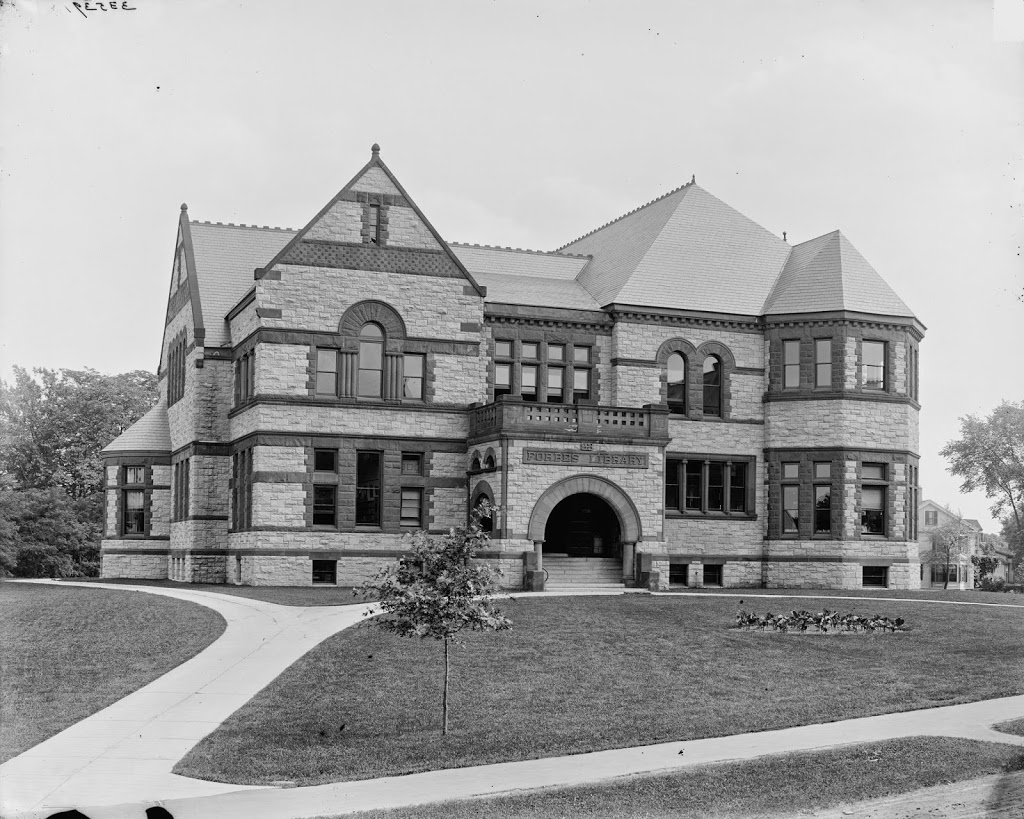First Lady Grace Coolidge and her son John, at their Northampton home in 1928. Photo courtesy of Boston Public Library, Leslie Jones Collection.
The view in 2014:
According to the caption, this photo was taken during Mrs. Coolidge’s visit to her mother, who was apparently staying in their half of the duplex on Massassoit Street in Northampton while Calvin Coolidge was serving as president and living in slightly different accommodations. Presidency aside, the Coolidges lived here from 1906 until 1930. Calvin died in 1933 at their new Northampton home, The Beeches, and Grace died in 1957. John Coolidge, however, lived until 2000, when he died at the age of 93.












